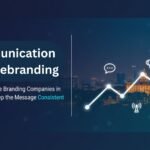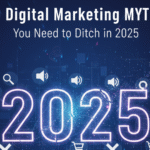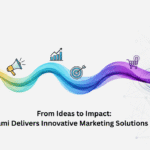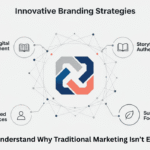Why AI Could Erase Your Logo in 2025 (Unless You Do This)
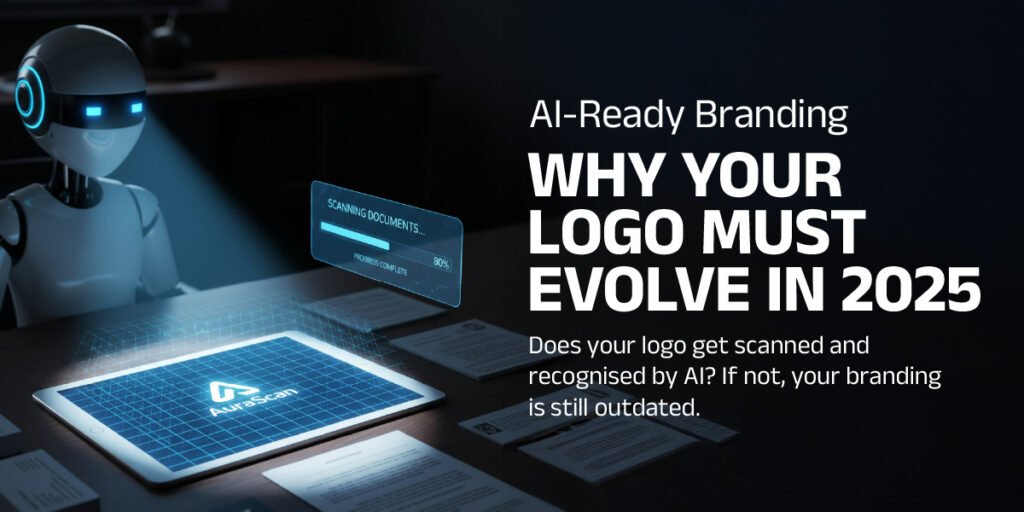
AI-Ready Branding: Why Your Logo Must Evolve in 2025
“Does your logo get scanned and recognised by AI? If not, your branding is still outdated.”
In 2025, your logo is not just for human eyes; it must also be understood by machines, AI systems, AR/VR environments, and voice search platforms. As consumer attention shifts from screens to AI-driven interactions, the rules of branding have undergone a fundamental shift. What once worked in glossy print advertisements now struggles to survive in chatbot responses, smartwatches, or immersive AR spaces.
Let us dive into why so many global giants have changed their logos recently, why you must rethink branding in 2025, and how to future-proof your identity for an AI-first world.
Why So Many Big Brands Changed Logos Recently
The shift towards AI-ready branding did not happen overnight. Over the past decade, some of the world’s largest companies have radically redesigned their logos not out of boredom, but because the future demanded it.
BMW:
Once known for its glossy, three-dimensional chrome emblem, BMW shifted to a flat, minimalist design. This move was not about trends. It was about ensuring the brand could remain sharp and recognisable across digital-first platforms like apps, AR dashboards, and wearable technology.
Airtel:
The telecom giant reshaped its identity for global recognition and adaptability, ensuring it worked as smoothly in India as it did in Africa, across apps, digital platforms, and AI-powered search results.
Kia, Nissan, Warner Bros, Mastercard, Pepsi:
All transitioned from complex, three-dimensional logos to flat, bold, and adaptive designs. Mastercard even dropped its name in many cases, trusting its simple interlocking circles to carry the brand globally. A daring but powerful move in the AI recognition era.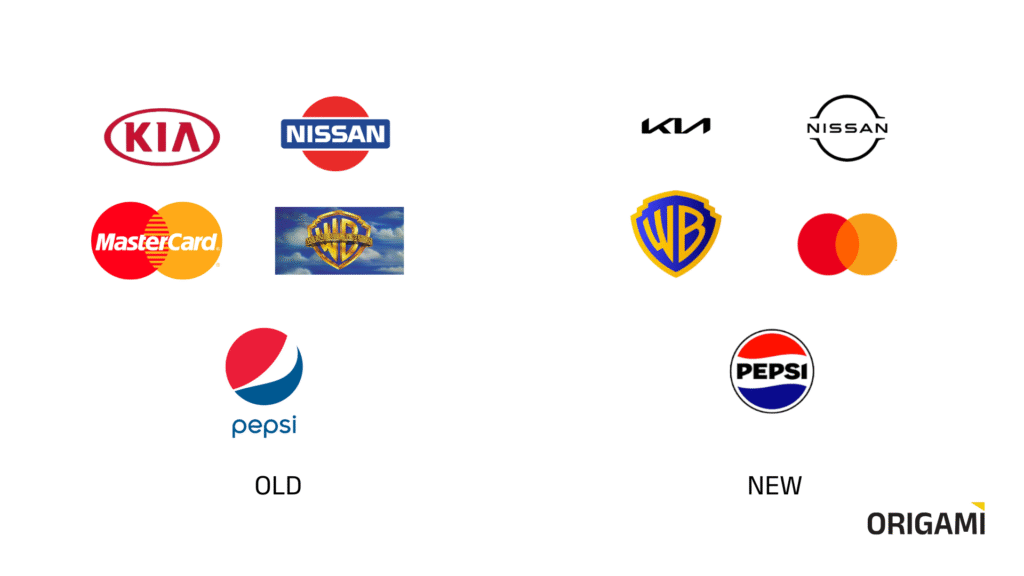
The insight? These brands were not just following aesthetic fads. They were laying the groundwork for survival in an AI-driven, machine-recognised future.
Why You Need to Rethink Branding in 2025
The pandemic accelerated digital transformation, but 2025 is ushering in something even bigger: AI-first branding. Consumers are no longer just “Googling” your brand; they are asking ChatGPT, Gemini, Alexa, and Siri for recommendations.
Here is what that means for you:
* Machine-readable assets: Your logo, icons, and visuals must be identifiable by AI. If recognition software cannot detect your logo, you are invisible.
* Search-friendly branding: Logos and brand identities need to be indexable, ensuring you show up in AI-generated answers and image searches.
* Adaptive identity: Your branding must scale across chat UIs, tiny smartwatch screens, AR glasses, and even voice-first platforms.
* AI visibility is the new SEO: Just as SEO reshaped marketing in the 2000s, AI readiness will decide visibility in 2025 and beyond.
The reality is this: if your brand is not AI-readable, it risks disappearing in tomorrow’s search results, not just on Google, but everywhere AI answers live.
Self-Check Questions for Your Brand
Here is a quick reflection test to see if your brand is AI-ready:
* Does your logo get scanned by AI image recognition tools?
* Can AI distinguish your logo from competitors in a search result?
* Does your brand appear in AI-driven search answers (not just Google)?
* Will your identity adapt to text-based chats, AR experiences, and voice-first platforms?
* Can your branding survive in a screenless future, where AI describes your brand instead of showing it?
* If your logo is shown on a smartwatch, app icon, or tiny UI, will it still be recognisable?
If you answered “no” to most of these, your brand is at risk.
The Future of Branding = Intelligence + Adaptability
Branding is no longer just about colour palettes, fonts, or attractive designs. It is about intelligence, recognition, and adaptability.
AI is now the gatekeeper of visibility. If your identity is not machine-readable and adaptive, you risk losing the battle for consumer attention.
The brands of tomorrow will succeed not because they are the loudest, but because they are the most visible to both humans and machines.
In this new era, your branding must:
* Work in text-based conversations (think chatbots and AI interfaces).
* Be describable by AI in a screenless world.
* Scale from tiny icons to immersive environments.
* Be searchable, taggable, and indexable by AI systems.
This is the future: logos that live at the intersection of design, AI, and adaptability.
AI-Ready Branding Logo Design 2025
The bottom line? If your logo is not recognised by AI, your brand risks being invisible. Your identity must evolve beyond aesthetics into something functional, adaptable, and machine-readable.
At Origami Creative, we help brands move from outdated logos to AI ready identities.
Let us make your brand future-ready.
Conclusion
If your logo is not recognised by AI, your brand risks being invisible in tomorrow’s digital landscape.
The shift from digital-first to AI-first branding is already here. Forward-looking businesses are adapting, not just with design tweaks, but with strategic brand evolution.
Your brand deserves to be seen not just by people, but by the machines that guide their choices.
At Origami Creative, we do not merely design logos. We create AI-ready identities built to last in the future of branding.
Ready to upgrade your brand for 2025? Let us talk.
FAQs
Why are flat logos better for AI recognition?
Flat designs are easier for AI to scan, recognise, and index across different platforms. Complex three-dimensional logos often lose detail in small or digital-first formats.
What does it mean for a logo to be AI-ready?
An AI ready logo is designed to be recognised by image recognition software, adaptive across platforms, and indexable in AI-driven search engines.
How is AI changing branding in 2025?
AI is becoming the new gatekeeper of visibility. Brands must ensure their assets are machine-readable, searchable, and adaptable to digital ecosystems.
Will logos eventually disappear in a screenless future?
Not entirely. Logos will evolve into recognisable identities that AI can describe and users can identify even without visuals.
How can small businesses make their logos AI-ready?
By simplifying designs, ensuring strong contrast, and testing logos with AI image recognition tools. Partnering with branding experts helps accelerate the process.
Is AI-ready branding only for big companies?
No. In fact, small and medium businesses stand to gain the most by being early adopters, ensuring visibility against larger competitors.
